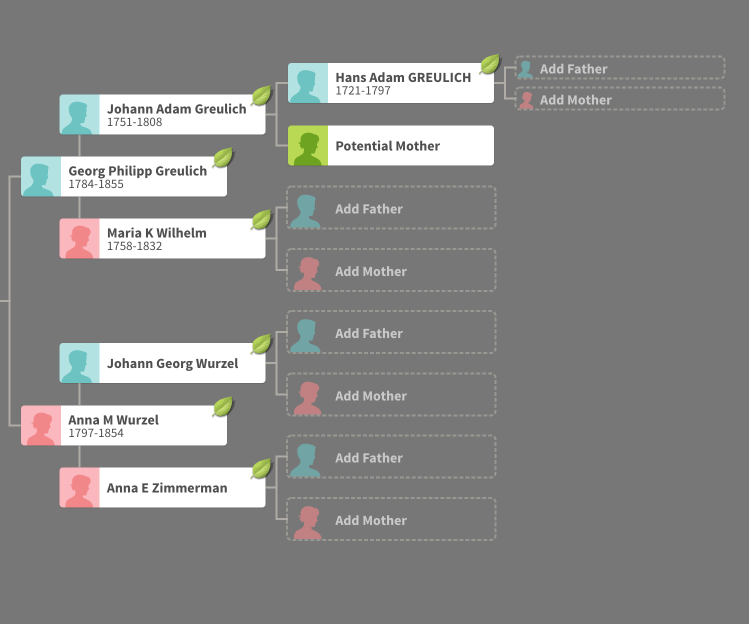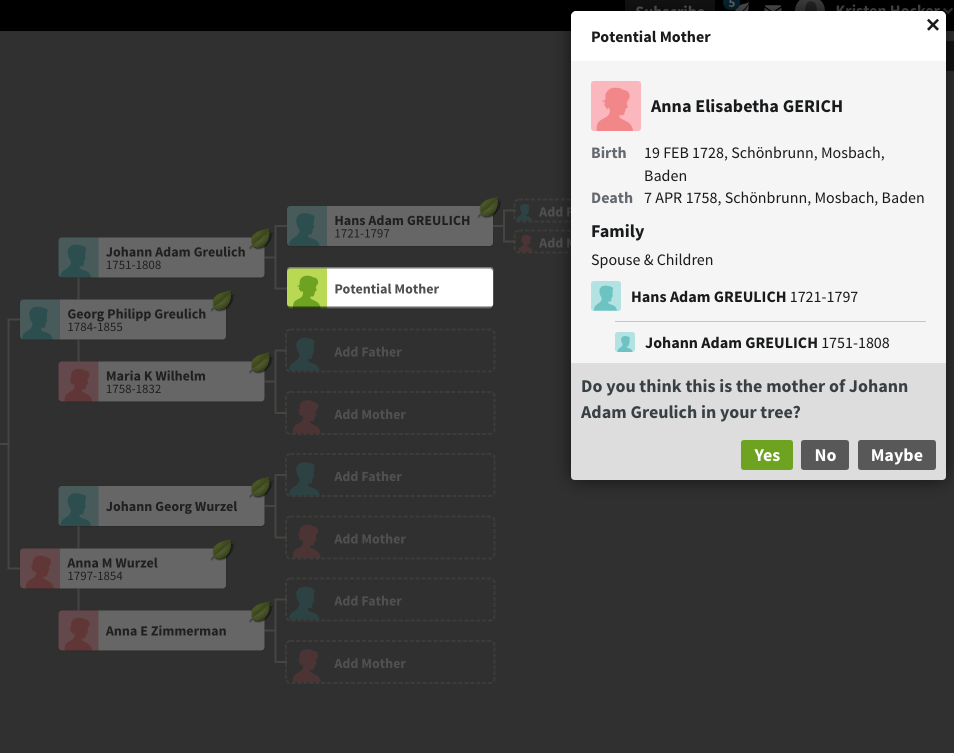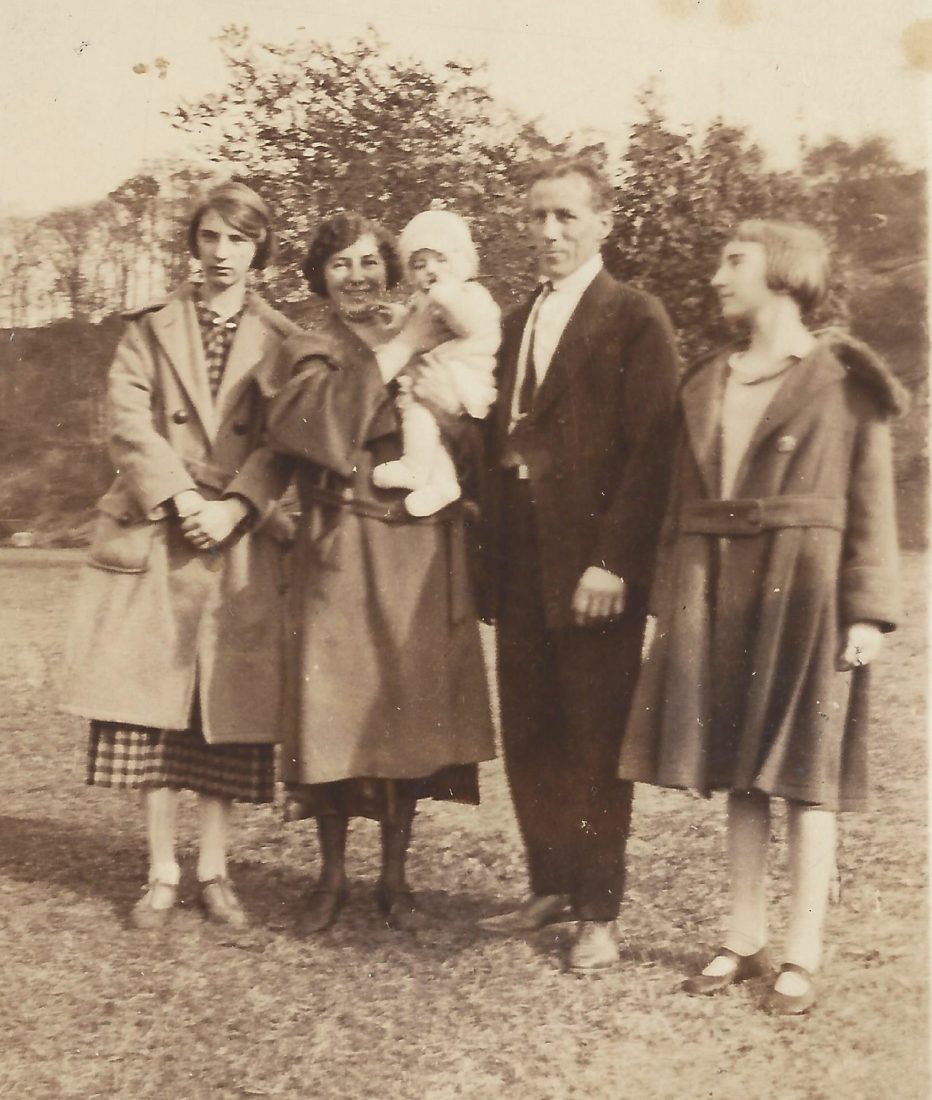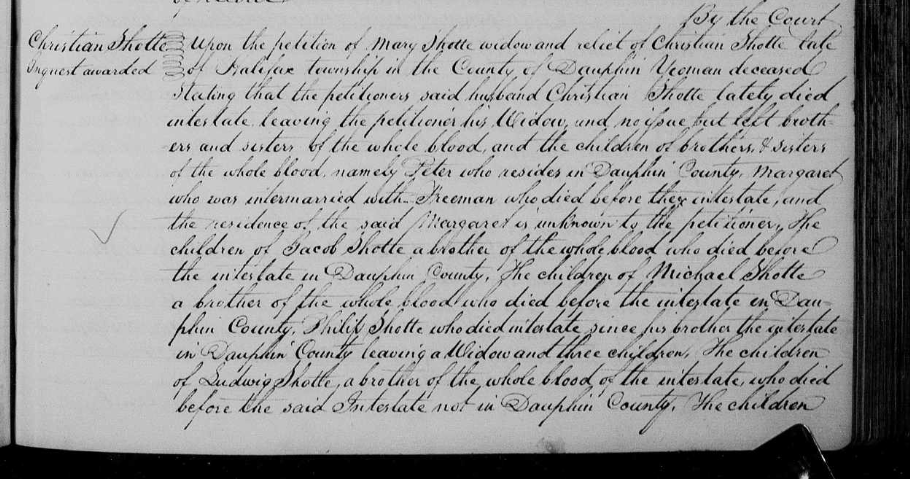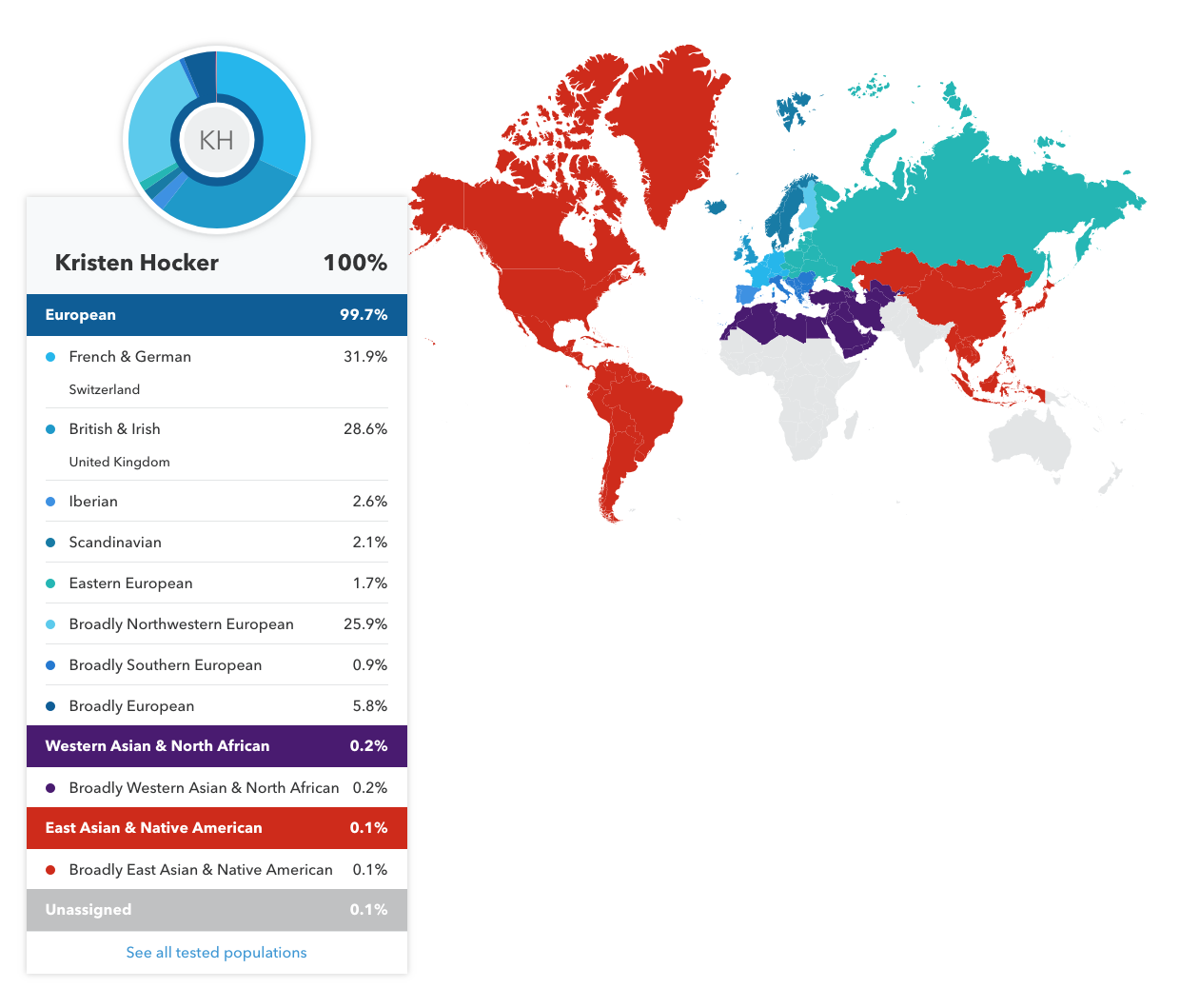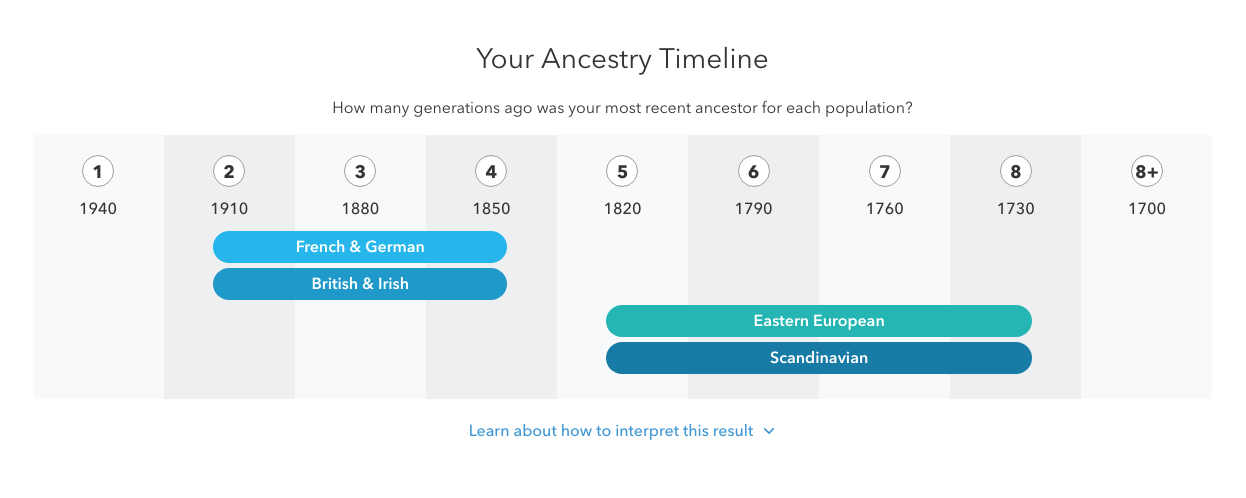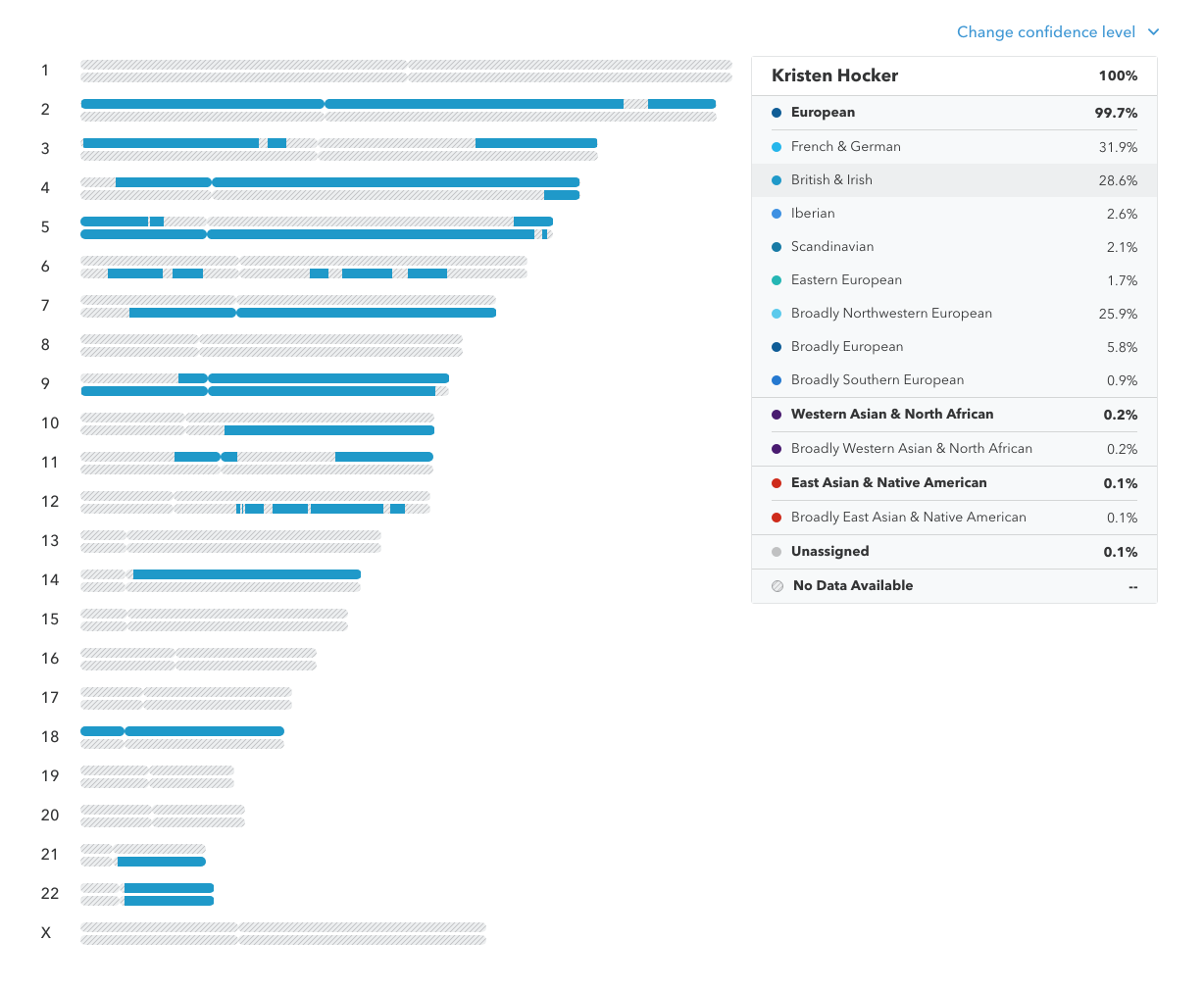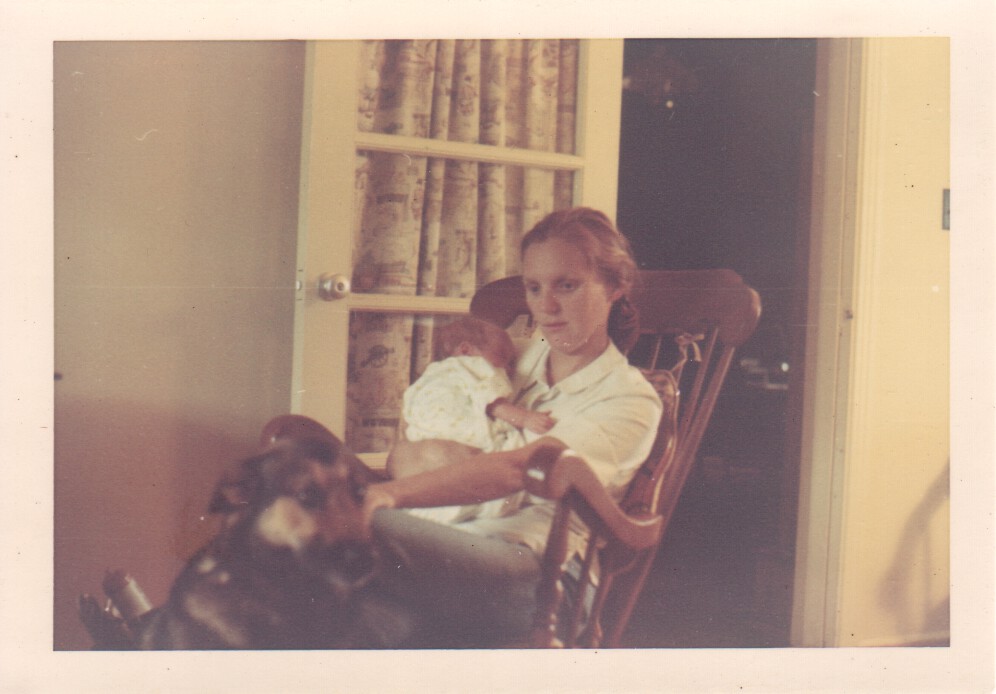Climbing Esther’s Family Tree
Research has added a couple more generations of Schneiders to my family tree. And, no, they are not related—as far as I know—to the Jacob Schneider who married Catharina Nuss, father of my four times great grandfather Henry Snyder.
Up until recently I’ve had three known ancestors who were Schneiders and “tree-tops”1 for their respective lines:
- Jacob Schneider (ca 1756-1765–1829) who married Catharina Nuss
- Eva Elisabetha (Schneider) Jäger (1728–1804) wife of Johannes Jäger (1721–1796), ancestors of my fifth great grandmother Eva (Yeager) Strassburger, wife of Johann Andreas Strassburger (1754–1825)
- Esther (Schneider) Person (1801–1867), wife of Abraham Person (1797–1876) and mother of my three times great grandmother Helena (Person) Dillinger (1829–1894), wife of William Dillinger (1825–1896)
Recently, I decided to see what I could find on Abraham Person and his wife Esther Schneider now that deed records are online on FamilySearch. I got lucky and found Esther’s parents, grandparents, great grandparents, and great great grandparents.
Esther’s Parents
On 29 March 1861, “Anna Maria Schnyder, widow and relict of Jacob Snyder late of Upper Saucon township…, who died intestate, Samuel Snyder of Upper Milford Township…a son of said deceased and Catharine his wife, Abraham Person of Salisbury Township…and Esther his wife, who is a daughter of said deceased, Jacob Snyder of Lower Saucon township…another son of said deceased and Elisabeth his wife, and William Snyder of Warren County in the Commonwealth of New Jersey, another son… and Lydia his wife” sold 115 acres 10 perches in Upper Saucon Township to David Snyder (another son).2
Jacob Schneider was born 29 June 1778 and died 9 December 1860 in Upper Saucon Township.3 He was buried in Friedensville Cemetery. He married Anna Maria Shaffer, born 16 September 1780 and died 11 November 1863.4
The couple had five children:
- Esther Schneider was born 21 September 1801 and died 14 January 1867, Allentown, Lehigh County, Pennsylvania;5 she married Abraham Person.6 Abraham was born 9 March 1797 and died 26 April 1876.7 He, too, is buried in the Union-West End Cemetery in Allentown.
- William Schneider was born 30 March 1804 and died 1 July 1880, Washington Township, Warren County, New Jersey;8 he married Lydia Bogert.9
- David Schneider was born about 1810.10 He married Sarah (___).11
- Samuel Schneider was likely born 17 September 1812 and died 8 May 1891 in Emmaus Borough.12 He married Catharine (___).13
- Jacob Schneider Jr. was possibly born 25 April 1816 and died 15 June 1905 in Hellertown.14 He married Elizabeth (___).15
Esther’s Grandparents
According to the deeds, Jacob Snyder received 48 acres of his father’s land from Henry Egner, and his wife Catharine, and John Snyder on 3 May 1813. This land had been left by David Schneider to his heirs: Jacob Schneider, Catharina Schneider wife of Henry Egner, and John Schneider.16
David Schnyder’s will named his wife Esther and children Jacob, Catharine, and John.17 His executors were Abraham Snyder and John Geisinger.
David granted his wife the right to remain on his property until his youngest child (John) was 21 years-old and to “take wheat Rye as much as she as she [sic] & my children shall want for their Died [sic]…four old hogs and four shoads [sic] and kitchen gardon [sic] as much she will take and she shall have the Hoise [sic] to choose three sheeps out of my stock for her use and she my said wife shall have her peacable abode on my Premises…”
David Schnyder (aka Taylor) wrote his last will & testament on 22 August 1785 and it was probated 1 October 1785. He most likely died sometime in September 1785. He left behind a wife and three underage children. On 16 June 1789, David’s uncle Abraham petitioned the Orphans Court for guardians to be appointed for his children: Jacob, Catharina, and John.18 Esther likely died sometime between David’s writing his will and her children dividing their father’s land in 1804.
David and Esther had children:
- Jacob Schneider [see above]
- Catharina Schneider was born 19 January 1780 and died 6 July 1861 in Upper Saucon Township.19 She married Henry Egner.20 Some of Catharina’s children married into the same Wieder family that her brother Jacob’s great granddaughter Alavesta later joined. Their children were first and second cousins of Alavesta’s husband, E. J. Wieder.
- John Schneider was born before 1783.
Esther’s Great Grandparents & Great Great Grandparents
On 25 June 1804, David’s children divided up between them the real estate that remained in his estate after the executors had sold a portion to pay his debts. Catharina and her husband received 65 acres of land as her full portion from the estate, Jacob received the rest of the remaining land, and John received £675.21
This deed records the history of the land from its first purchase from the Proprietaries of the province. The land was purchased by Heinrich Schneider on 20 June 1743, the patent recorded in Patent Book A11:187. 22 Henry Schneider and his wife Elizabeth granted the land to Mary Schneider, “widow the relict and administratrix… of there [sic] son Jacob Schneider late of the place abovesaid [Upper Saucon] yeoman deceased for the use of David Schneider and Elizabeth then a minor children under the age of twenty one years” on 18 May 1759.
Jacob Schneider and his wife Mary were both likely born sometime before 1738, possibly in Pennsylvania. Jacob died prior to 18 May 1759 and Mary sometime after that. More research is required to narrow those timeframes. Prior to his death, Jacob’s father sold 227 acres in Upper Saucon Township to him, but did not complete the deed. After his death, Heinrich and wife Elizabeth had the deed recorded and Mary gave them the second payment for the land.
Jacob and Mary had children:
- David Schneider was born between 18 May 1738 and 1757 and died in September 1785.
- Elizabeth Schneider was born between 18 May 1738 and 18 May 1759. No more is currently known.
Henry Schneider (aka Taylor) was living in Richland Township, Bucks County when he and his wife Elizabeth sold the land to their daughter-in-law Mary in 1759.23 He patented the land on Saucon Creek on 20 June 1743 prior to the creation of Northampton County. The land adjoined that of Thomas Owen, Valentine Humil, Isaac Samuel, and John Pugh. He may have been the Henry Schneider who died 16 September 1761 and was buried in East Swamp Mennonite Cemetery in Quakertown.24
Henry and his wife Elizabeth had at least two children:
- Jacob Schneider [see above]
- Abraham Schneider died after 16 June 1789. 25
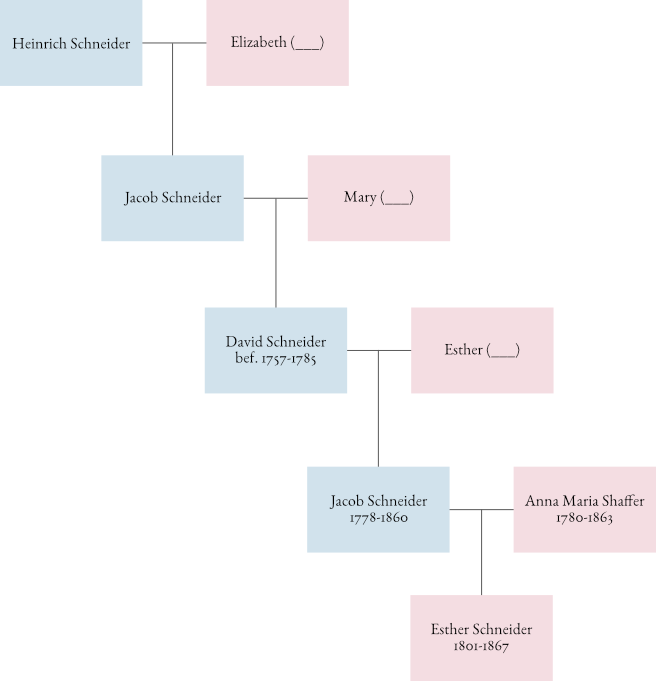
Esther (Schneider) Person’s ancestry
Based on this research Heinrich Schneider and his wife Elizabeth are my eight times great grandparents through their son Jacob and grandson David. Heinrich was most likely my immigrant ancestor on this line. Both Jacob and David died young, leaving behind widows with young children. Makes you wonder what their lives were like growing up.

